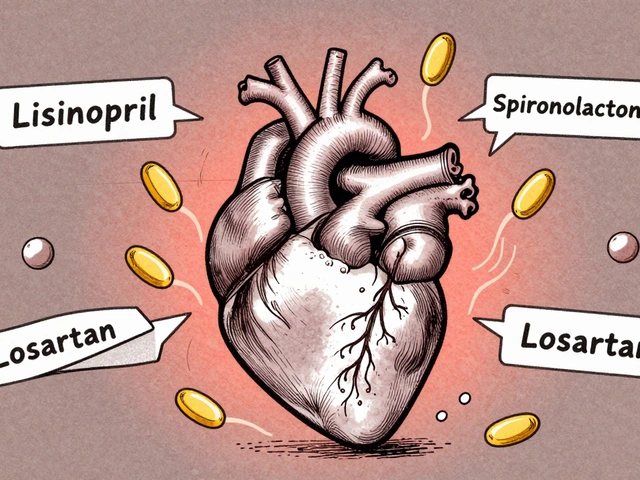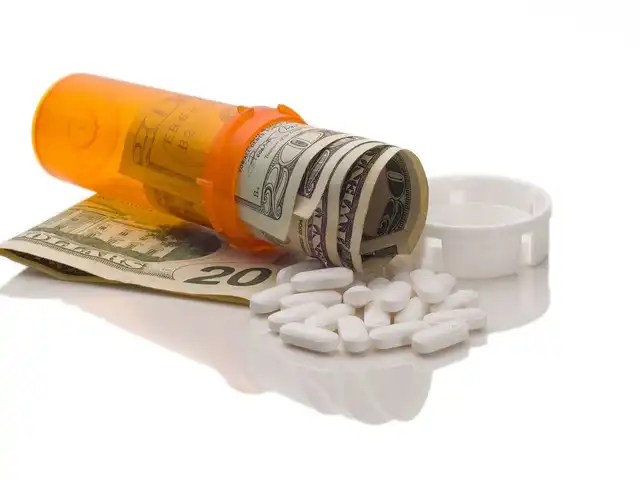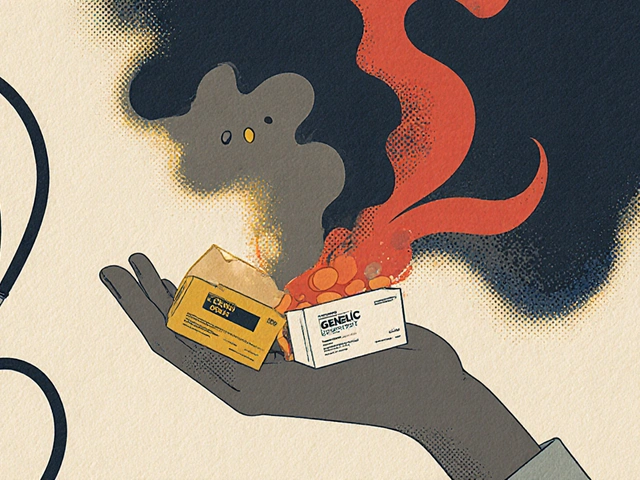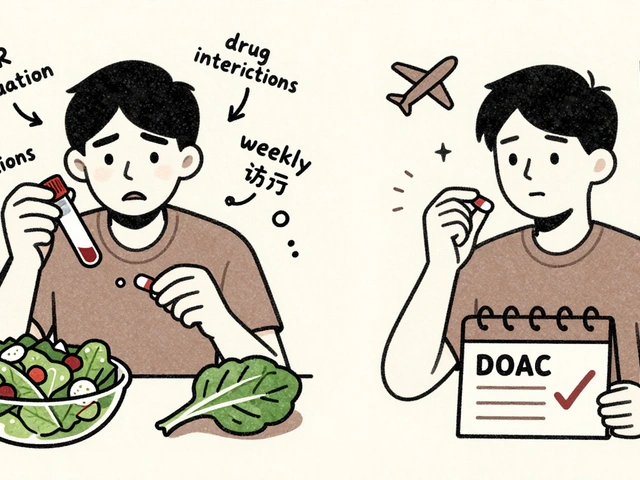Dosing Guides: Find the Right Dose for Common Medications
Getting the right dose is the first step to making any medicine work. Too little and you might not see any benefit; too much can bring nasty side effects. Below you’ll find easy ways to figure out the correct dose for the drugs you see on our site.
How to Read a Prescription Label
Prescription labels have three key parts: the drug name, the strength, and the directions. The strength tells you how much active ingredient is in each tablet or milliliter (for liquids). Directions usually read something like “Take one tablet twice daily.” If you see “mg,” that’s milligrams; “ml” means milliliters. Always match the number on the label with what your doctor wrote.
When the label says “Take with food,” it’s not just a suggestion—food can slow down absorption and reduce stomach upset. If it says “Do not crush,” that’s a safety flag because crushing can release the drug too fast.
Factors That Change Your Dose
Age, weight, kidney function, and other medicines you’re taking can all shift the right dose. Kids often need a lower milligram‑per‑kilogram dose than adults. Older adults might need less because their kidneys clear drugs slower.
Drug interactions are another big one. Some meds boost the effect of others, so a lower dose becomes safer. Others block metabolism, meaning the same dose can stick around longer and cause problems. Always tell your pharmacist about every prescription, over‑the‑counter pill, and supplement you use.
If you’re buying a generic version online, double‑check that the strength matches the brand name you’re used to. Generic names like “valproic acid” and brand names like “Depakote” are the same drug, but the milligram count can differ between tablets.
Practical Tips to Avoid Dosing Mistakes
1. **Use a pill organizer** – Slot each dose into the right day and time. This visual cue cuts missed doses in half.
2. **Measure liquids with the provided device** – Spoonfuls look right but can be off by a lot. The cup or syringe that comes with the bottle is calibrated.
3. **Set phone reminders** – A quick buzz when it’s time to take your medication beats guessing.
4. **Read the patient information leaflet** – It spells out what to do if you skip a dose or take too much.
5. **Ask questions** – If any part of the label confuses you, call your pharmacy. A quick chat can prevent a costly error.
Remember, the right dose isn’t a one‑size‑fits‑all number. It’s a balance of the drug’s strength, how your body handles it, and the condition you’re treating. When in doubt, reach out to your doctor or pharmacist before changing anything.
Our dosing tag pulls together dozens of articles that dive deep into specific medicines—from valproic acid to tramadol, from olanzapine to warfarin. Use those guides to see exact dose ranges, needed blood tests, and safety tips for each drug.
Bottom line: read, measure, and check. Getting the dose right keeps you on the fast track to feeling better without unwanted side effects.

When to Switch From Valtrex to Acyclovir: Practical Insights on Resistance and Dosing
Sometimes, sticking to a herpes medication that once worked just isn't cutting it anymore. This article dives into when and why a switch from Valtrex to acyclovir makes sense. You'll learn about real-life clinical triggers behind switching, what resistance means, and why dosing schedules matter to real people. Plus, get expert wisdom on navigating alternative treatments when the usual meds fail. This read breaks down complicated science into plain advice you can use—straight talk, not medical mumbo jumbo.




